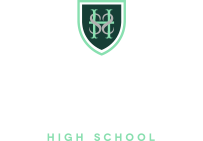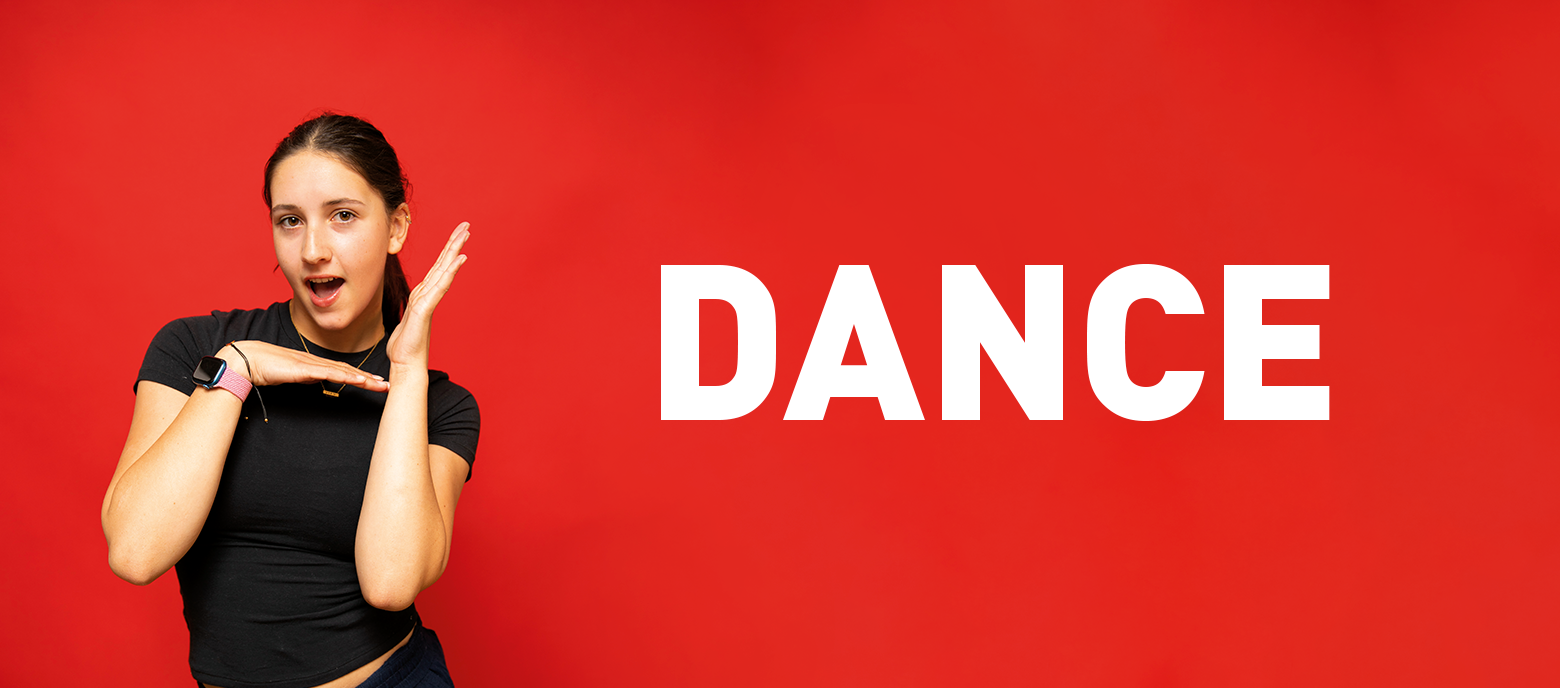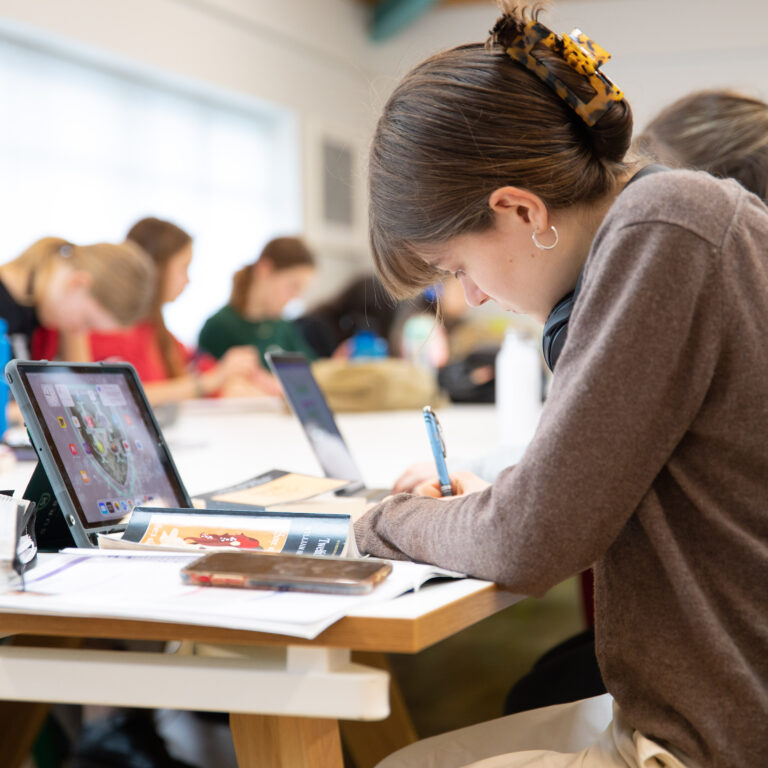Examination Board: AQA
A-level Dance offers students the opportunity to broaden their study and experience of dance, ensuring a breadth of abilities are developed; both theoretical and practical. The qualification reflects both historical and current dance practices, and inspires a lifelong passion and appreciation for dance. A-level Dance is for students with a passion for dance and an interest in developing their creative and intellectual capacity; as well as their technical training. It encourages students to explore the historical and cultural contexts of dance, and to reflect upon their own practical work within the context of professional practice. A-level Dance focuses on three strands of dance: performance, choreography and critical engagement.
A-level Dance is an ideal qualification for those looking to pursue a career in the creative industry or within performing arts. Its broad yet detailed areas of study within performance, choreography and critical engagement ensure students are well-prepared for work within the industries, as well as further or higher education and university programmes. The course’s focus on the promotion of the academic and transferable skills valued by higher education and employers (such as teamwork, communication, and problem -solving) also makes A-level Dance a suitable accompaniment to a range of other A-level options. Many students have gone onto study a wide range of courses such as psychology, medicine, and Drama. Their high grade in Dance enabled them to get into the course/university of their choice.
It is essential that students taking this course have previous experience in the field of dance and relevant supporting qualifications. This could be GCSE Dance or other relevant training and/or examination certificates.
Learn more about life at Surbiton High Sixth Form.




